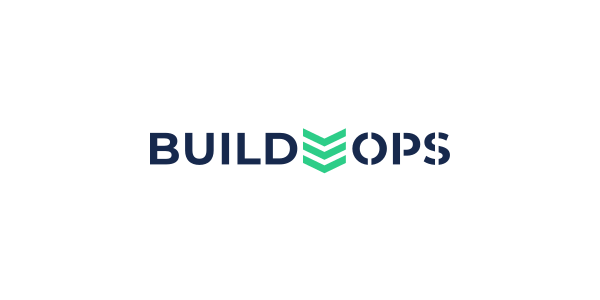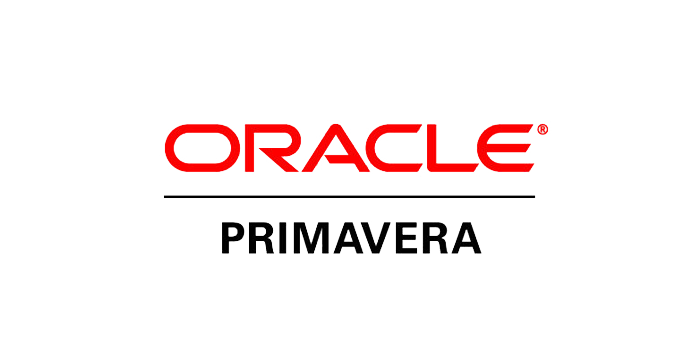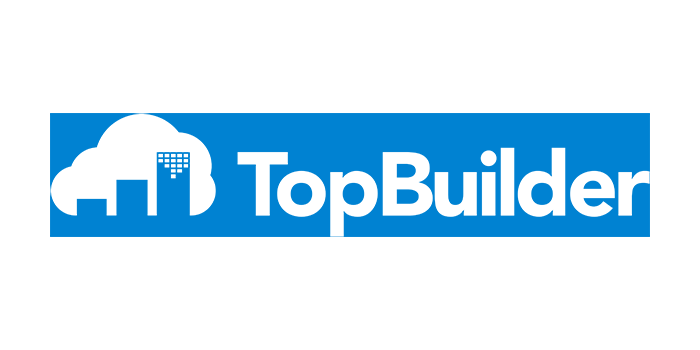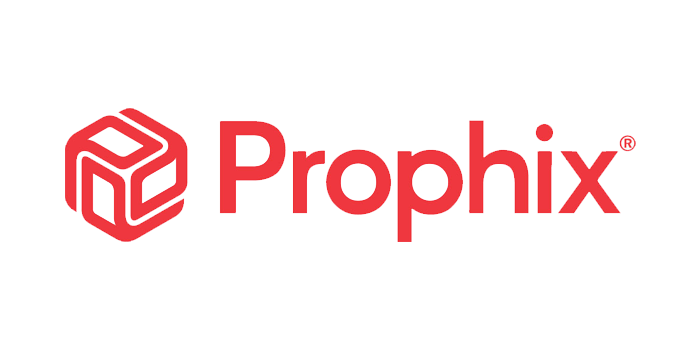Communication and collaboration between owners and contractors has been a frustrating, expensive, and ongoing issue in the engineering and construction industry. All the players agree that clear communication is critical to the successful completion of construction projects. Yet, poor communication happens all the time as projects progress to completion. Misunderstandings are commonplace—not only when owner and contractor organizations communicate with each other, but even within those organizations between project team members.
The purpose of this white paper is to explore how communication and collaboration between owners and contractors can be dramatically improved when all players continually invest in three key areas:
- People
- Processes
- Organization
In addition, this white paper will discuss how mobile devices, such as iPhones and tablet computers, further enhance communication between owners and contractors. Mobile applications represent a fundamental change in the way all project participants can communicate and collaborate by enabling project teams to share information from where the work is being done: the field.
The Extended Enterprise
Every construction project brings together a diverse team of professionals from many companies, including: engineers, architects, project managers, and subcontractors. This loosely affiliated group of people is then challenged to work together through an extended enterprise of independent corporate IT systems and supply chains.
Integrating this complex enterprise is no small task, yet it’s a critical one. To keep projects moving on time and on budget, the extended enterprise must become a collaborative environment that provides visibility and transparency into project activities, enabling all project stakeholders to effectively coordinate and manage labor, material, and resources.
The Owner/Contractor Dynamic
There are multiple opportunities throughout the lifecycle of any project for communication to break down between owners and contractors. Within the diverse group of stakeholders that make up a project team, each brings to the team his/her own perspectives, priorities, responsibilities, and methods. At the same time, each player has information that needs to be shared with the other parties to enable a smooth hand-off and enable tasks to be performed quickly and efficiently.
Yet often, this doesn’t happen because critical project data is contained in separate information “silos” which are incapable of exchanging data with other related systems. This occurs not only between external owner, contractor, and subcontractor organizations, but within a single organization as well. The lack of system interoperability makes timely communication and coordination difficult and inhibits productivity.
So it’s no wonder that poor communication between owners and contractors is often cited as the reason for budget overruns and out-of-control delays.
This lack of communication and collaboration becomes even more of an issue when the unexpected happens, such as supply chain problems, differing site conditions, or inspection delays. At this point, owners and contractors must reach across organizational boundaries to effectively manage change. A more collaborative environment is required for all parties to quickly understand and react accordingly to unexpected change.
The Value of Collaborative Relationships
According to a study conducted by the Economist Intelligence Unit, “Building in Change: Project Construction in Asset-Intensive Industries,” owners overwhelmingly believe that building collaborative relationships with contractors will help them improve project outcomes and minimize the impact of unexpected changes. The report surveyed 304 senior executives worldwide. The results underscore the critical role of communication and collaboration between owners and contractors.
According to the survey, 91 percent of owners see their relationship with their contractors as “important” or “extremely important” to the process of managing change.1 Not only do the vast majority of the owners in the study value collaborative relationships, they see contractors as an extension of their team and believe they foster a workplace environment that focuses on problem solving.
In the past, the struggle to effectively manage unplanned change was intensified by hostilities and litigious relationships between project owners and their contractors. When change did occur, the focus on finger pointing by the parties involved, rather than problem solving, often resulted in massive schedule and budget overruns, as well as contract disputes that led to costly litigation.
While this environment still exists, this scenario is not nearly the norm today. On the contrary, the majority of owners surveyed believe that open, collaborative relationships—rather than penalties—are the best way to plan against unexpected changes. Survey respondents said these collaborations help them better predict costs (67 percent), avoid contractor disputes (65 percent), and respond more proactively to potential problems when they inevitably arose (57 percent).2
Room for Improvement
Despite the good intentions of owners and contractors alike, keeping projects running smoothly is a far more complicated process, particularly when unplanned changes arise. According to the Economist study, unexpected change during major construction projects is seen as inevitable, but owners often lack adequate skills to manage its impact. Barely 51 percent of respondents rated themselves as effective at delivering their projects to scope, budget, and schedule when confronted with change. Over one-half of respondents (52 percent) ranked themselves as average or below at managing change.3
In fact, owners freely admit they could greatly improve how they predict and manage unexpected changes in construction projects. More than one-third of the executives interviewed for the Economist study said they missed their budget (39 percent) and schedule (34 percent) targets on major projects at least one-quarter of the time. More than 60 percent of respondents blamed unexpected change for at least one-half of all project overruns.4
Three Pillars of World Class Project Management
Although owners and contractors both value communication and collaboration—and view it as necessary for handling project changes—they often fail in their efforts to create an environment that ensures collaboration and accountability.
There is an opportunity to create that environment, by employing the best practices used by some of the most successful engineering and construction companies in the industry: The Three Pillars of World Class Project Management. Simply put, projects pass or fail based on how well three key elements work in unison: people, process, and organization.
Companies who invest in these elements and leverage them effectively can make a significant difference in the outcome of their construction projects by:
- Minimizing the impact of unexpected changes
- Avoiding contract disputes
- Increasing communication and collaboration
- Completing projects to scope, schedule, and budget targets
People
The successful completion of any construction and engineering project depends on the extended enterprise of all project team members working in alignment. Forward-thinking companies have been able to achieve this by creating a culture of good project management habits.
When a culture of habit is in place throughout the extended enterprise, all project participants rely on established, routine, and repeatable processes and solutions that ensure accountability. Team member roles and responsibilities are clearly defined upfront. Each team member completes only the tasks that are his/her responsibility. Project managers are kept informed of project status and any potential issues. Most importantly, there is interoperability and collaboration between companies and within a single organization.
Process
Oftentimes, neither owners nor contractors make it a priority to continually invest the time and resources upfront to make sure there are consistent, repeatable processes and workflows in place to enforce communication and push accountability across project teams.
Without integrated project management processes, there is no clear understanding of the varying responsibilities of the stakeholders or visibility to ensure that a project is staying on track. This lack of unified, proactive project management sets the stage for misunderstandings, disputes, and mistakes from the very beginning.
Organization
As each new construction project ramps up, a new project team is formed, comprised of members from multiple companies working on a diverse array of independent information systems. New roles need to be defined for all stakeholders and new methodology and workflow need to be established for how the organization will work together.
Information sharing is the lynchpin of this process map. To keep projects on track and on budget, enable sound decision-making, and to proactively handle change; accurate, real-time information needs to flow easily among different companies to reach the people who need it, when they need it. When project-critical data is contained in separate silos, there is a lack of visibility and accountability across the organization.
The Role of Technology
By leveraging information technology and automation, owners and contractors can create a culture of good project management habits that will drive visibility, communication, and accountability throughout their organizations. But in order to accomplish this, any technology solution must be:
-
Simple
-
Powerful
-
Able to bring people together
Simple
For a technology solution to become routine and habit-forming, it must be easy for everyone to use. A simple, intuitive project management solution enables users to get up to speed fast, no matter what their skill level. A single, consistent user interface requires minimal training and facilitates quick, meaningful adoption.
Powerful
Technology has the power to take the uncertainty out of project management. Advanced analytics, such as “what-if” scenario modeling, enable project managers to see across the project lifecycle to prioritize tasks, plan and allocate resources, and proactively manage engineering and construction projects. Advanced analysis and forecast metrics help stakeholders spot problems early on, mitigate risks, and reduce schedule delays.
Able to Bring People Together
An integrated technology solution creates a collaborative environment. With seamless communication, all project stakeholders have access to current project information for reliable decision-making. Easy-to-use dashboards help team members keep projects on track, preventing them from going over budget or falling behind schedule.
 Mobile Applications: Getting to the Real Source of Truth
Mobile Applications: Getting to the Real Source of Truth
With the recent introduction of its new mobile application for project portfolio management (PPM), Oracle has fundamentally changed the way project participants can share information, bringing real-time data sharing to the real source of truth: the field.
Oracle’s Primavera P6 Team Member for iPhone and P6 Team Member Web Interface provide visibility at the project site that has never been seen before. Using these applications, project team members in the field can easily and accurately capture and share information on project status and tasks from their iPhones and tablet computers. The new applications revolutionize communication and collaboration throughout the extended enterprise by allowing team members to access real-time information directly from the people doing the work in the field.
With more timely and accurate project data delivered directly from the field, project managers in the office no longer need to spend time tracking down status updates. This means owners can now react quickly to the changing conditions at the project site; problems are identified faster, decision-making is improved, and project managers are freed up to work on higher value tasks.
No matter where they are, team members can input data directly into the Primavera project management system to streamline communication and collaboration throughout the entire project lifecycle. With the new mobile platform, users can:
- Quickly and easily update tasks with a single click
- View and update steps assigned to a task with best practice progress checklists
- Send emails to the other project team members and attach photos to illustrate the message
- View predecessor or successor tasks for clarity of sequence and work impacts
Conclusion
While the majority of owners seek open, collaborative relationships with their contractors, rarely are they able to create a working environment that encourages this type of communication. Enter information technology, which enables organizations to create a platform that provides data access and efficient, repeatable business processes throughout the project lifecycle.
The development of new applications for the iPhone and tablet computers has extended data collection to the real source of truth: the field. With access to real-time project data, these new mobile applications bring more timely communication and collaboration between owners and contractors, enabling stakeholders to respond more quickly to changing conditions and proactively manage risk.
1 Economist Intelligence Unit, “Building in change: Project construction in asset-intensive industries.” January 2012
2 ibid.
3 ibid.
4 ibid.











